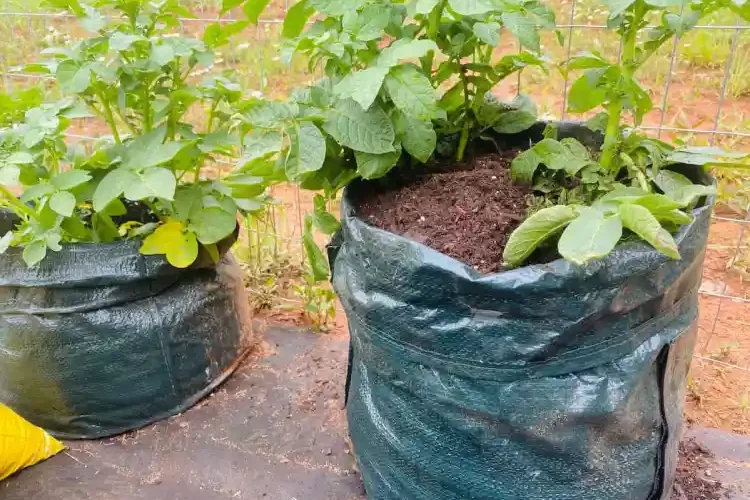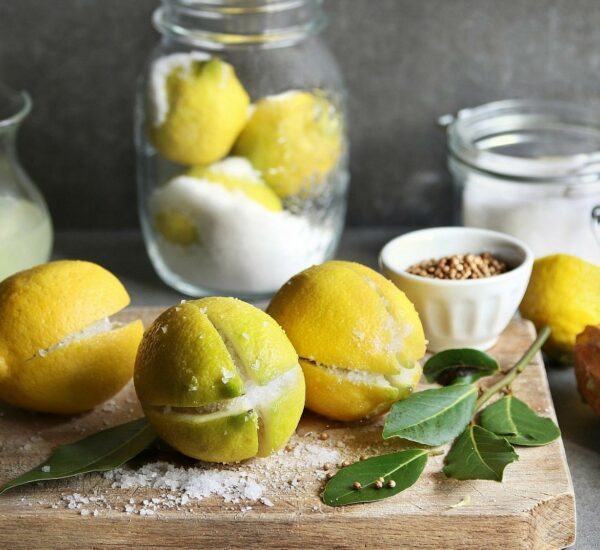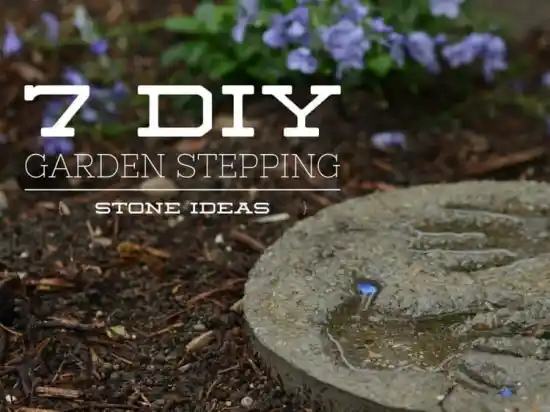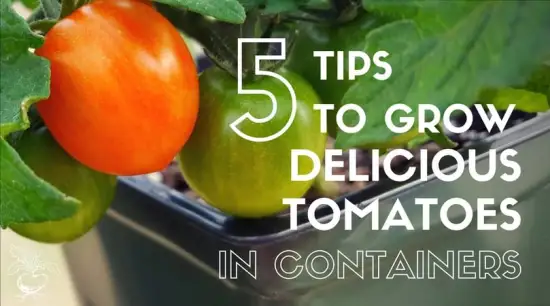Understanding Bag Gardens
Bag gardens, also known as container gardens or grow bags, are a versatile and space-efficient gardening solution that involves growing plants in containers filled with soil or growing media. These portable gardens offer numerous advantages, including flexibility, accessibility, and the ability to grow a variety of plants in limited spaces.
Benefits of Bag Gardens
Bag gardens offer several benefits, including improved soil drainage, better control over soil quality and composition, reduced risk of soil-borne diseases, and the ability to grow plants in areas with poor or contaminated soil. Additionally, bag gardens are portable and can be easily moved to optimize sunlight exposure or protect plants from harsh weather conditions.
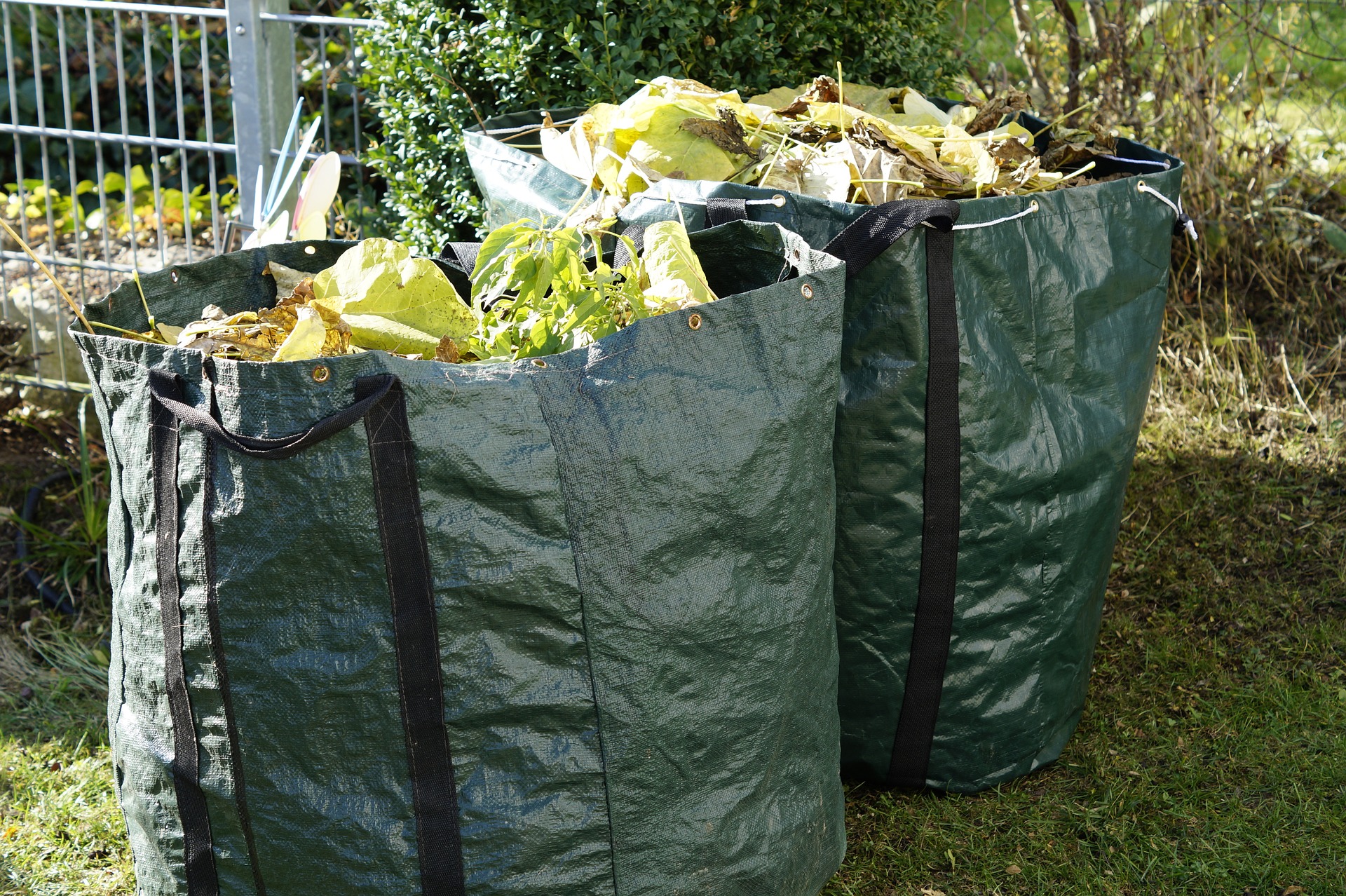
Creating a Bag Garden
To create a bag garden, start by selecting suitable containers such as grow bags, fabric pots, or even repurposed containers like buckets or plastic bags with drainage holes. Fill the containers with a high-quality potting mix or soilless growing media, ensuring adequate drainage and aeration for plant roots.
Suitable Plants for Bag Gardens
A wide range of plants can thrive in bag gardens, including vegetables, herbs, flowers, and ornamental plants. Choose plants that are well-suited to container gardening and consider factors such as sunlight requirements, water needs, and available space when selecting varieties for your bag garden.
Planting and Maintenance Tips
When planting in a bag garden, be sure to provide adequate spacing between plants to prevent overcrowding and competition for resources. Water plants regularly, ensuring that the growing medium remains consistently moist but not waterlogged. Fertilize plants as needed with a balanced fertilizer to promote healthy growth and abundant harvests.
Maximizing Space with Vertical Bag Gardens
For gardeners with limited space, vertical bag gardens offer an innovative solution for maximizing growing space in small areas. By stacking or hanging bags vertically, you can grow a diverse array of plants while minimizing the footprint of your garden.
Harvesting and Enjoying Your Bag Garden
As your plants grow and thrive in your bag garden, be sure to monitor them regularly for pests, diseases, and nutrient deficiencies. Harvest vegetables and herbs when they reach maturity, enjoying the fruits of your labor in fresh meals, salads, and culinary creations.
Conclusion
Bag gardens offer a convenient and practical way to grow plants in a variety of environments, from urban balconies and patios to suburban yards and rural homesteads. By understanding the principles of bag gardening and following best practices for plant care, you can create a thriving garden that brings beauty, sustenance, and joy to your life.
What is a bag garden?
A bag garden, also known as a container garden or grow bag garden, is a gardening method that involves growing plants in containers filled with soil or growing media.
How does a bag garden differ from traditional gardening methods?
Unlike traditional in-ground gardening, bag gardens utilize containers such as grow bags, pots, or repurposed containers to grow plants. This method is ideal for those with limited space or poor soil conditions.
What are the advantages of using a bag garden?
Bag gardens offer several advantages, including portability, better control over soil quality, improved drainage, reduced risk of soil-borne diseases, and the ability to grow plants in areas with limited space or poor soil.
What types of containers can be used for a bag garden?
A variety of containers can be used for bag gardening, including grow bags, fabric pots, plastic containers with drainage holes, and even repurposed items like buckets or old tires.
What kind of soil or growing media is suitable for a bag garden?
High-quality potting mix or soilless growing media, specifically formulated for container gardening, is ideal for bag gardens. These mixes provide good drainage, aeration, and nutrient retention for healthy plant growth.
Can I grow vegetables in a bag garden?
Yes, bag gardens are well-suited for growing vegetables, herbs, flowers, and ornamental plants. Many vegetable varieties thrive in containers and can produce bountiful harvests when grown in bag gardens.
How do I water and fertilize plants in a bag garden?
Water plants regularly, ensuring that the growing medium remains consistently moist but not waterlogged. Fertilize plants as needed with a balanced fertilizer to provide essential nutrients for healthy growth.
Are there any special considerations for maintaining a bag garden?
Regular monitoring for pests, diseases, and nutrient deficiencies is essential for maintaining a healthy bag garden. Additionally, proper watering, fertilization, and pruning practices can help promote optimal plant growth and productivity.
What plants are suitable for growing in a bag garden?
A wide range of plants can thrive in bag gardens, including vegetables like tomatoes, peppers, lettuce, and herbs like basil, parsley, and mint. Flowers, ornamental plants, and even small fruit trees can also be grown in containers.
Can I create a bag garden indoors or on a balcony?
Yes, bag gardens are versatile and can be created in various environments, including indoor spaces, balconies, patios, and rooftops. Just ensure that plants receive adequate sunlight, water, and ventilation for healthy growth.
- Best THC Sodas to Buy in Arkansas - May 28, 2025
- Exploring THC-Infused Sodas in Arkansas - May 28, 2025
- THC Beverages Now Trending in Alabama - May 28, 2025

